Ever since the days of Tom Seaver the Mets have been known as a club that will live and die by the strength of its pitching. They were the polar opposite of the Big Red Machine Cincinnati bunch who fielded an All Star at practically every position but held their breath anytime anyone took the mound for them. Scoring runs has usually been a problem for the NY Mets, but getting a quality start generally has not. Let’s take a look at some of the best arms they’ve featured over their 58 year history.
No Mets fan alive can fail to recite the Hall of Fame career (and horrendous trade and roster manipulation mistake) that twice sent Tom Seaver away from New York. He pitched an incredible number of starts, remained healthy, struck out people in a formidable (non-Nolan Ryan) volume. He was a 10-time All Star and three-time Cy Young Award winner for the Mets before contributing quality innings to the Reds, White Sox and even one aborted season at age 41 to the Boston Red Sox. He finished his entire career with a 109 WAR and a 2.86 ERA. He was one of a kind and before the event happened for Mariano Rivera, he deserved a unanimous first year vote into the Hall of Fame.
While not quite in the same league of performance as his teammate, lefty Jerry Koosman both won and lost 20 games in different seasons for the Mets. He was a workhorse as well and pitched for New York for 12 years on some pretty bad teams, yet managed to keep his record over .500 and his ERA down to 3.09. He was a two-time All Star and in 1976 when he put together a spectacular season going 21-10 with a 2.69 ERA he finished second in the Cy Young Award voting to future Met Randy Jones.
One pitcher who kind of flew under the radar was lefty Jon Matlack. It’s surprising, because as you examine his record as a starter he was just a single game over .500 for some very bad teams, but delivered all with a tiny 3.03 ERA. He was the NL Rookie of the Year and followed that later with three All Star appearances. He was later dealt to the Texas Rangers as part of a complex four-team trade that found Willie Montanez, Tom Grieve and Ken Henderson making their way to Queens as Matlack and John Milner left the Mets.
Another pitcher who battled bad health and bad teams was starter Craig Swan. During his dozen years with the Mets he once led the entire league in ERA with a 2.43 mark and finished his Mets career with an injury and illness-weakened ERA of 3.72. He never won more than 14 games and in the latter part of his career his Ks and his BBs nearly matched. However, whenever he took the mound you usually got a quality start.
It was the flare with which Dwight Gooden burst onto the scene that temporarily had some folks forgetting the days of Tom Seaver. He was practically unhittable, racking up enviable strikeout totals and helped the Mets regain a competitive game which led to the 1986 World Series championship. Unfortunately, his off-the-field behavior deteriorated his game and led to his premature dismissal from the Mets as he pandered his remaining days with the Yankees (twice), Indians, Astros and Devil Rays. For the Mets, despite having lost a lot of time to drug and fighting with police, as well as a rape accusation with two teammates, he went an impressive 157-85 with a 3.10 ERA over a career of 303 starts during which he fanned 1875 people.
The big lefty Sid Fernandez always looked as if he was on the brink of throwing a no-hitter. He made a lot of batters look foolish with his delivery and execution. During his 10-year Mets career he went an impressive 98-78 with a low 3.14 ERA. He was twice named to the All Star team and would have later given portly future Met Bartolo Colon a run for king at the buffet table.
Current Mets broadcaster Ron Darling was a quality pitcher during his days with the Mets, too. He spent 9 years with the ballclub, having earned an All Star berth and a Gold Glove. He won 99 games and delivered a 3.50 ERA.
In one of the most lopsided trades ever to favor the Mets, they sent backup catcher Ed Hearn to the Royals for little known pitcher David Cone. During his seven years in New York he was always at the top of his game, including his 1988 season in which he went 20-3 with a 2.22 ERA which earned him an All Star berth but only 3rd place in the Cy Young Award voting. He was an All Star again in 1992 and then he left the Mets later that same season to play for the Blue Jays. The Mets received borderline Hall of Famer Jeff Kent and outfielder Ryan Thompson in exchange. However, Cone continued his career with several other teams, pitching well, including more All Star appearances and a Cy Young Award for the Royals in 1994.
Unknown players union scab Rick Reed came to play for the Mets at a time when most players were opting to sit out. He had financial obligations with his ailing family and he made the most of his brief time in New York. In his first season he finished with a 2.89 ERA and over his six years with the Mets he finished with a 59-36 record with a 3.66 ERA.
When former Yankee Al Leiter made his way from the Marlins to the Mets, few were all that excited about the acquisition. However, in his seven years with the Mets he won 95 games and pitched to a 3.42 ERA, numbers that were better than his stints elsewhere. That’s not too shabby considering you only gave up A.J. Burnett, Jesus Sanchez and Robert Stratton to get him.
No one knew what kind of pitcher Johan Santana was going to become when he converted from outfielder to pitcher. He developed in the Twins organization and flourished once he hit the majors. Knowing they would lose him to free agency, they traded their big starter to the Mets for Carlos Gomez, Phillip Humber, Deolis Guerra and Kevin Mulvey. For that exchange the Mets got 139 wins and a 3.18 ERA, though the headline that will never leave Santana’s name is that he delivered the Mets first and only no-hitter. Idiot manager Terry Collins let him go for 134 pitches to get that honor and ruin the rest of his pitching career.
Another pitcher whose success was offset by injury woes, Pedro Martinez was a great pickup for the Mets but his output was cut way short by his time on the injured list. In his five years with the Mets he had his two final All Star appearances and managed to win 32 games in between all the arm issues. His 3.88 ERA was short of his career number, but everyone loved having Pedro as a part of the team.
For three years scrap heap pickup R.A. Dickey won 39 games, pitched to a 2.95 ERA and in 2012 after ruining Johan Santana, he blessed Terry Collins with a 20 win season that earned him a Cy Young Award. They decided to cash in on that achievement, trading him to Toronto for Travis D’Arnaud and Noah Syndergaard -- not a bad haul at all.
Another converted infielder, pitcher Jacob deGrom is coming off two straight Cy Young Award seasons and is generally regarded as one of the top 2-3 pitchers in all of baseball. Thankfully the Mets extended him to keep him in orange and blue for the remainder of his career. Thus far his numbers rival Tom Seaver. He is not racking up lots of wins, but he’s thus far 66-49 with a career ERA of just 2.62. He has a Rookie of the Year, three All Star berths and the two aforementioned Cy Young trophies.
Noah Syndergaard has been pretty sensational during his five years in the big leagues, but he’s had more than his share of injuries (including the 2020 Tommy John Surgery). He is still 47-30 with a 3.31 ERA and people keep thinking he’ll get closer to the Jacob deGrom numbers once he gets healthy enough for a long stretch of time.
There are other pitchers the Mets have employed that did well for shorter periods of time, including Bartolo Colon, Frank Viola and Mike Hampton. I’d even throw in the name of George Stone who surprisingly helped the Mets into the 1973 World Series when he went 12-3 with a 2.80 ERA. Injuries quickly descended and he was out of baseball at age 28.
Anyone you remember fondly for what he did for the Mets?


/cdn.vox-cdn.com/uploads/chorus_image/image/66343899/51494311.jpg.0.jpg)

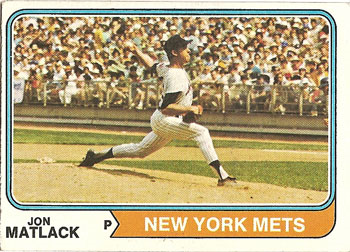
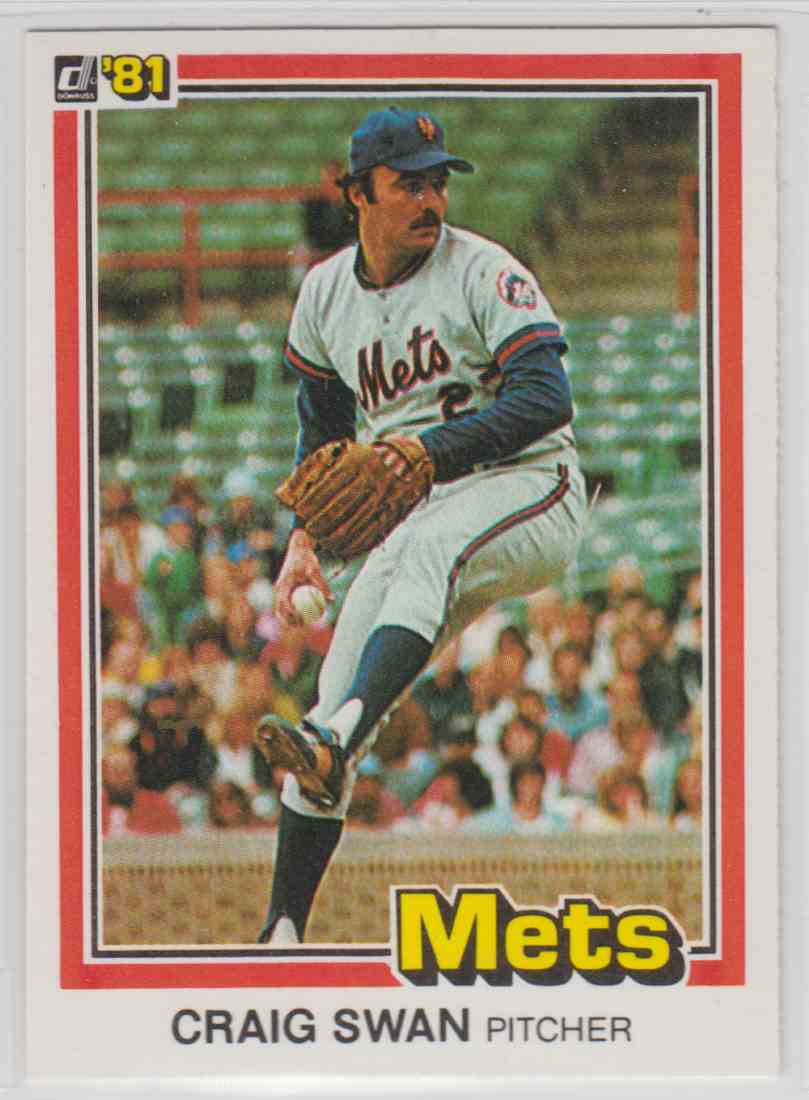
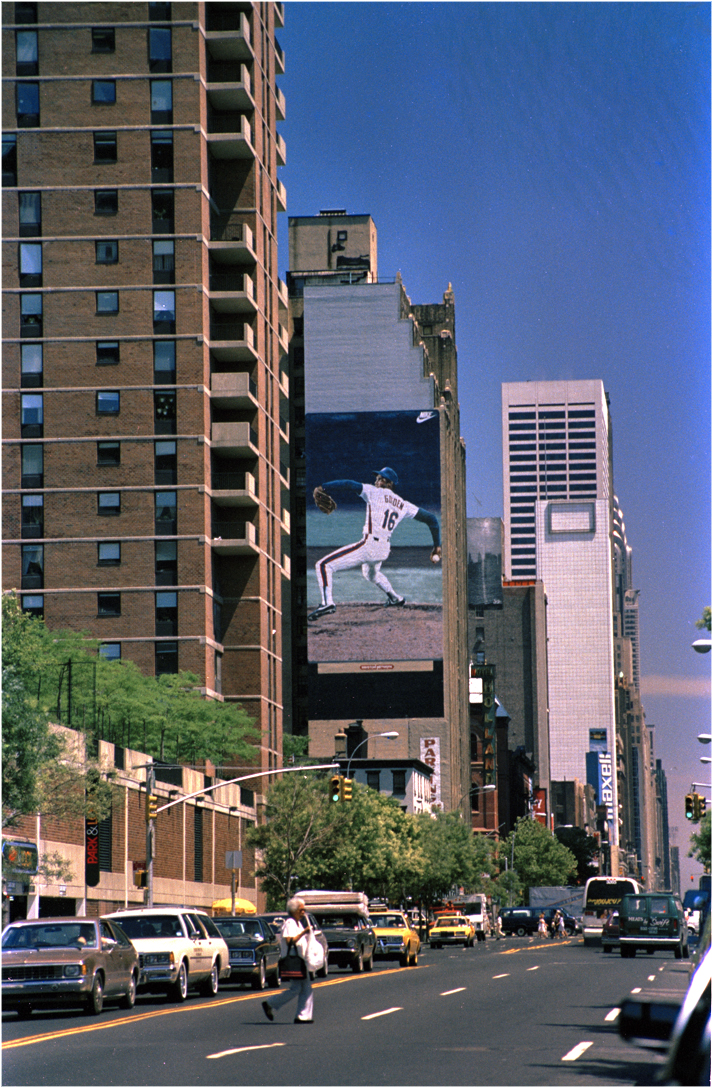



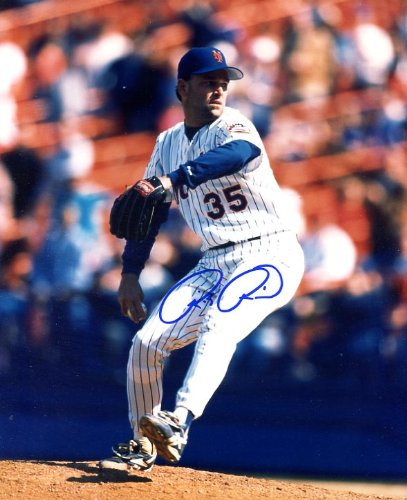


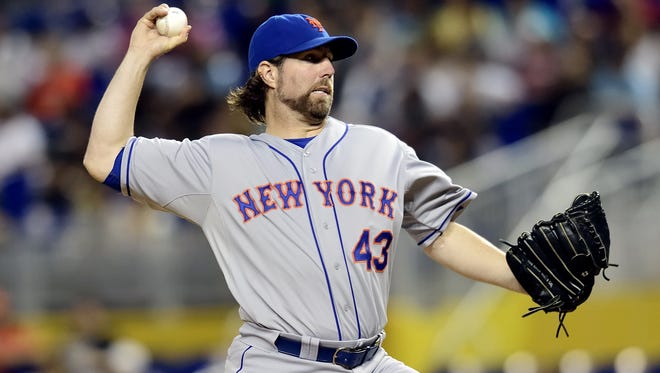
_(cropped).jpg)

George Stone was great for the Mets in 1973. After the year, the Mets had a chance to trade him and Swan for Jimmy Winn which they declined. Sure would have helped them in 1974-1976. Would not have mattered 1977-1981 when Swan was good.
ReplyDeleteI would add Bob Ojeda and Al Jackson to that memorable group of pitchers. I am going to do an article on Al.
ReplyDeleteI will always have the greatest respect for Al Jackson and Roger Craig.
ReplyDeleteMet Jackson when he was a roving coach for the Mets. Loved to sit in dugout when the players were eating their pre-game meal and tell war stories.
Found Craig's phone number in the book and called him for an interview. He hung up, LOL
I am quoting you on Jackson tomorrow, Mack.
ReplyDelete